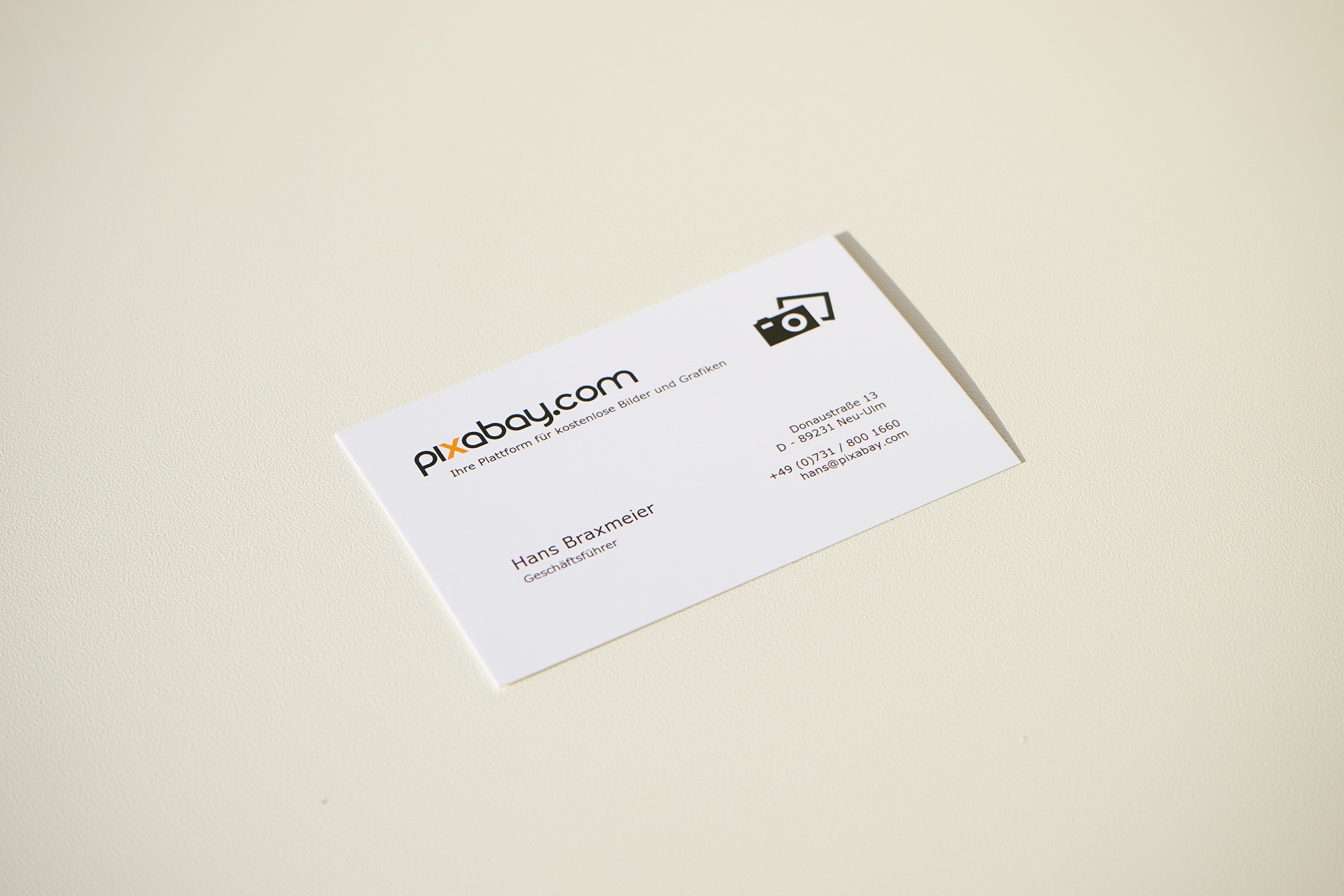Whether you’re working in an office, library, college dorm, or apartment, you must have a quiet keyboard if you’re around other people. Those seeking a good typing experience are aware that mechanical keyboards and quiet typing are typically incompatible. In fact, most would argue that they are polar opposites. This is not necessarily the case, however. If you want to make your mechanical keyboard quieter, there are a multitude of modifications you can make, some expected and others not. If you are interested in more modification ideas, take a look at HelveticaForever for more keeb guides.
Lubing
Does it work? Yes
Lubing switches, a technique we’ve previously covered, is one of the most popular ways to improve a mechanical keyboard. Not only can it make your keyboard’s switches quieter, but it can also increase their smoothness and make typing significantly more enjoyable. However, properly lubricating switches requires time and attention: You can easily apply too much or too little lubricant, and it is difficult to remove it once it has been applied. In addition, if your keyboard is not hot-swappable, you will have to desolder each switch, lubricate it, and then re-solder it. Due to this, the method is probably not for everyone, but it can make a significant difference.
Case foam
Does it work? Yes
If the majority of your keyboard’s noise is emanating from the case (which is common for linear or tactile switches, but typically not the case for clicks), installing case foam may reduce this noise. Placing foam between the case and PCB eliminates most of the empty space in the keyboard and prevents echoing. Case foam, while readily available, is available in countless varieties.
Plate foam
Does it work? Yes
Plate foam, which goes between the plate and PCB and fills the space between switches, works well in conjunction with case foam to eliminate the majority of typing noises. Unless your keyboard has hot-swap sockets, you will need to desolder your switches in order to install anything between the plate and PCB. In addition, you will need to locate a set that corresponds to your keyboard, cut your own from a sheet of foam, or use modular sets.

Change film
Does it work? Sometimes
Switch films are extremely diverse, and consequently, their outcomes can be equally diverse. Each manufacturer of switch films uses a unique sound of materials, resulting in distinct acoustic effects. The primary purpose of a film, however, is to reduce rattle between the top and bottom housings of your switch by minimizing the space between them. While this eliminates some annoying typing sounds, such as a plasticky rattle, it will not necessarily result in quieter switches. The ones I tested, for instance, simply made the switches sound cleaner and deeper than they would have otherwise.
Lubed springs
Does it work? Sometimes
There is a simple solution if your switches are plagued by a constant metallic pinging: spring lube. This can be accomplished in two ways: either by removing the existing springs and lubricating them with spring oil, or by lubricating new springs and installing them in the switch housings. Bag-lubing is a process in which springs are placed in a plastic bag, lubricant is added, and the bag is vigorously shaken. Typically, springs are lubricated by hand with a brush, or (more commonly) by placing all the springs in a plastic bag, adding lubricant, and vigorously shaking the bag. However, this will only make a significant difference if your switches suffer from spring ping in the first place. If not, you will likely notice almost no difference in the sound profile of your keyboard.
Toggle pads
Does it work? No
Actually, the purpose of switch pads is not to make the keyboard quieter. Which is surprising considering that your keyboard is filled with foam. Instead, switch pads are intended to improve your sound profile, bringing it closer to that of a keyboard like the Jelly Epoch, which uses a thin foam sheet between the switches and PCB. As a result, the typing has a more “pop-y” or “ceramic” sound, which means it is lighter and more concise. Although it may reduce some rattling between the PCB and switches, it is unlikely to make your keyboard noticeably quieter. In addition, this mod is only recommended for keyboards that support hot swapping. Soldering a keyboard with switch pads may cause the pads to melt and cause component damage.
Stabilizer pads
Does it work? Yes
If you have attempted to tune your stabilizers but continue to hear strange noises, stabilizer pads may be the answer. They are essentially a more hygienic version of the standard band-aid mod, which involves cutting band-aids and placing them under your switches. These will reduce the vibration between the stabilizers and PCB, making them significantly quieter. In my tests, this also increased the likelihood of clip-in stabilizers becoming unclipped while typing, which was not at all desirable.
Hopefully, this article has provided you with some ideas for mechanical keyboard modifications. It is not necessary to have a degree in engineering to accomplish a multitude of worthwhile tasks.



